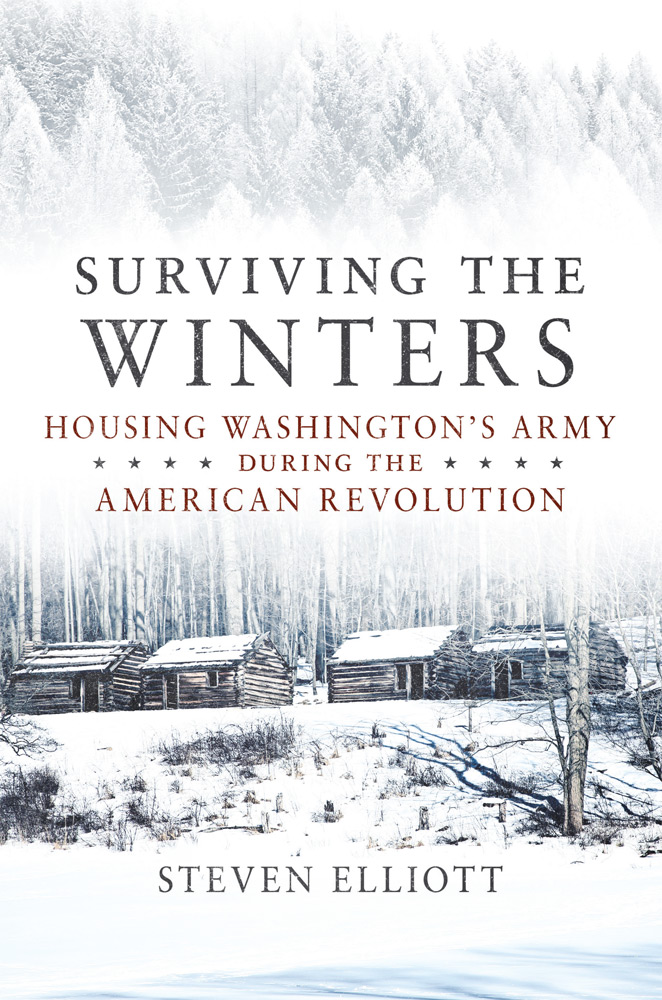
Steven Elliott, PhD, will discuss his debut book, Surviving the Winters: Housing Washington’s Army During the American Revolution, May 1, at 1:30 PM, in the Visitor Center. It will also be livestreamed via Zoom. Admission is free, but registration is required. To register, please visit DCNR’s website. Zoom meeting details will be provided upon registration.
Surviving the Winters is the first book to show how camp construction and administration played a crucial role in Patriot strategy during the war. As Elliott reminds readers, Washington’s troops spent only a few days a year in combat. The rest of the time, particularly during the winter months, they were engaged in another kind of battle – against the elements, disease, and hunger.
“Some of the most intriguing aspects of Elliott’s book involve camp life, the logistical trial and error that took place in the first few years of the war, and the amount of time it took to choose a location for each winter’s encampment,” museum curator Kimberly McCarty says.
McCarty and the park’s book club read and dissected Surviving the Winters over the winter.
While the battles tend to attract the most attention in accounts and analyses of the war, the Continental Army spent most of its time in camp, whether it was the long-term encampments described by Elliott or the short-term camps that were erected over and over again during the fighting season. As a result, they were quite influential in shaping the course of the war.
“The seemingly mundane decisions made regarding camp layout and daily life played a significant role in the health and wellbeing of individual soldiers and the army as a whole,” McCarty says. “A healthy army was in a far better position to engage the enemy.”
In exploring the inner workings of the Continental Army through the prism of its encampments, Elliott, a lecturer in the Department of History at Rutgers University-Newark, believes he’s also captured a telling new perspective on Washington’s generalship during the Revolutionary War.
At the same time, the book demonstrates that these winter encampments stand alongside more famous battlefields as sites where American independence was won.
The narrative picks up with the American encampments established after Washington’s victories in Trenton and Princeton in early 1777 and traces their evolution through the war’s conclusion, more than six-and-a-half years later. Although Elliott also touches upon the Continental Army’s camp prior to the crossing.

